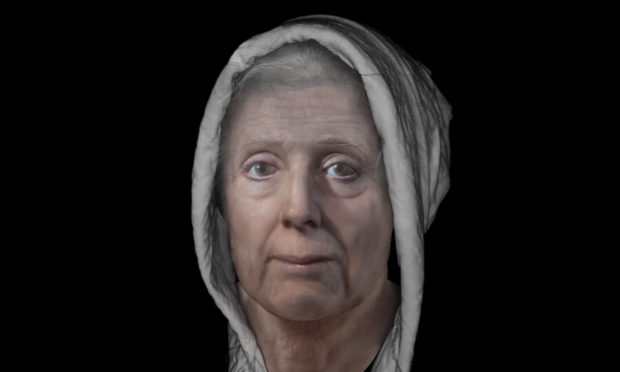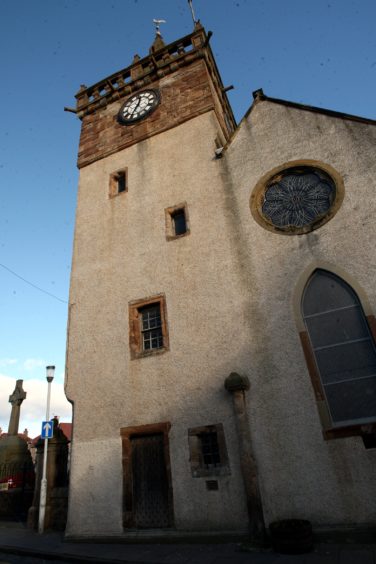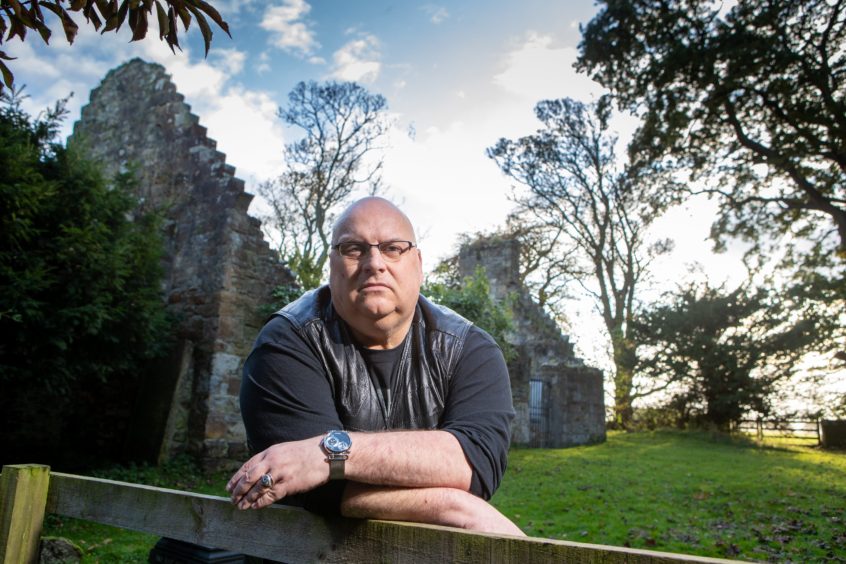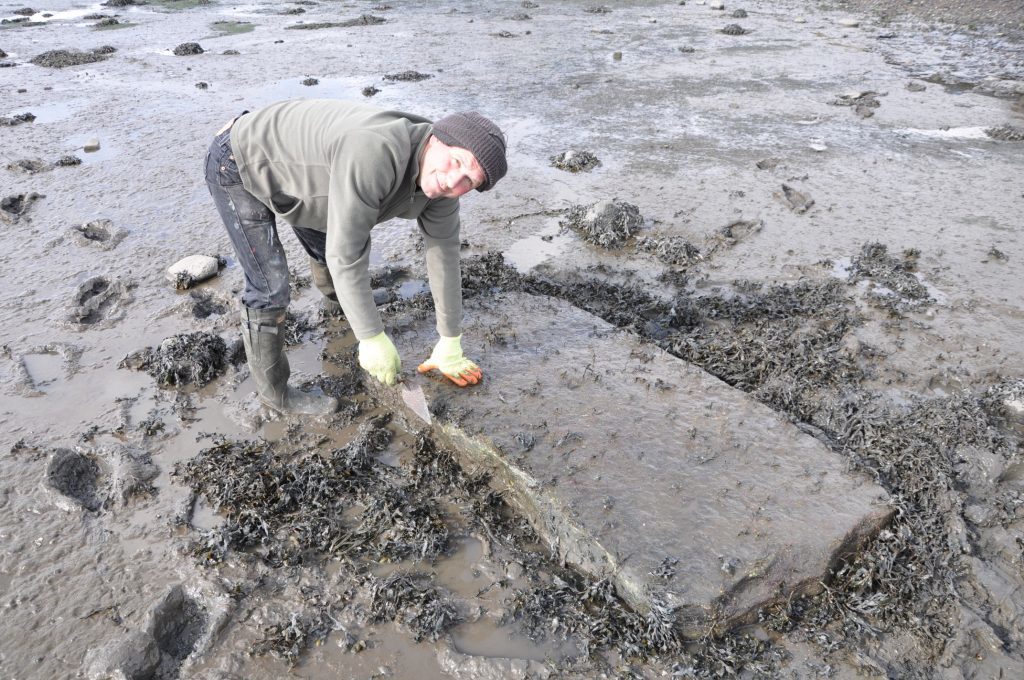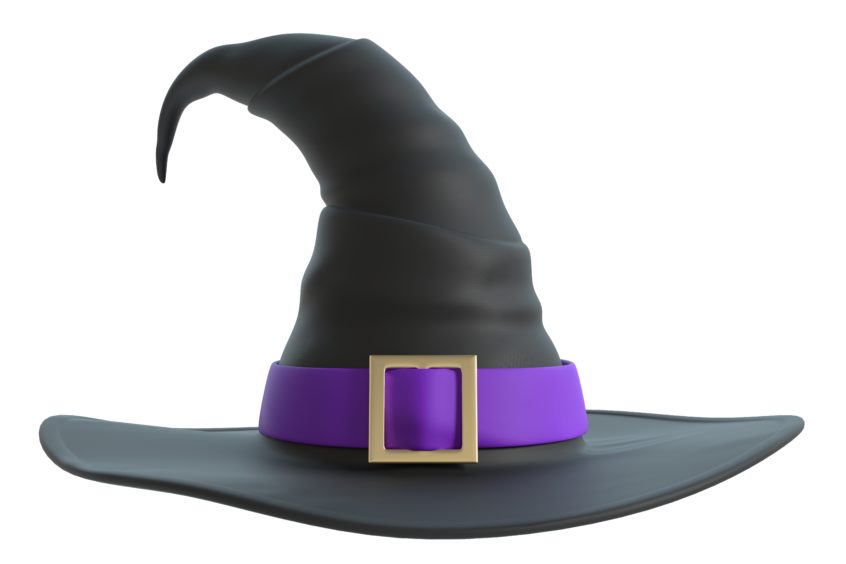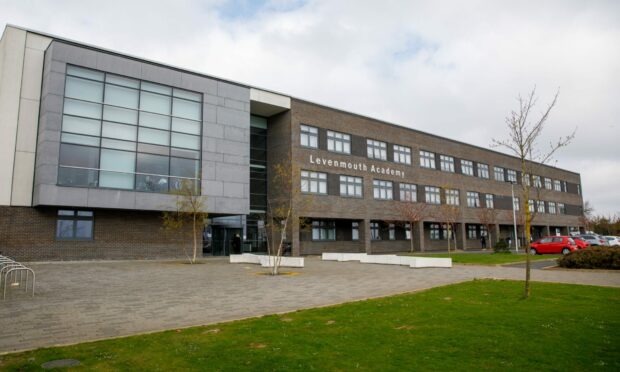With Halloween upon us, should Scotland’s ‘witches’ who were persecuted in centuries gone by be pardoned? Michael Alexander sought the opinions of historians.
When researchers at Edinburgh University published an interactive map of Scotland recently that showed the name and place of residence of all citizens known to have been accused of witchcraft after the Scottish Reformation, it shed light on a dark period in Scottish and European history that was dominated by a culture of fear, paranoia and suspicion.
According to the Survey of Scottish Witchcraft, more than 3,800 men and women were accused of witchcraft in Scotland under the Witchcraft Act between 1563 and 1736, with two-thirds of those accused thought to have been executed.
Their crimes often ranged from nothing more than owning a black cat to brewing up home-made remedies.
Infamous cases included ‘The Great Witch of Balwearie’ Margaret Aitken who was arrested in Fife in April 1597 and Janet Cornfoot who, in 1705, was captured by a lynch mob and dragged by her heels to the seafront in Pittenweem.
There she was swung from a rope tied between a ship and the shore, stoned, beaten severely, and finally crushed to death under a door piled high with rocks. To make absolutely certain that she was dead, a man drove his horse and cart over her body several times. She was then refused a Christian burial with her body thrown into a communal grave.
But with interest in these historic witch trials more popular than ever – especially around Halloween – is it time for ‘witches’ to be pardoned?
Leven-based witch historian Lenny Low, author of The Weem Witch said a memorial to those who suffered is “most overdue and just”.
He said the list of murdered victims and the reasons why they were killed “reads like comedy”. For example, Maggie Morgan of St Monans supposedly took the shape of a rabbit at will and burned for it in 1651 while Orkney witch Bessie Millar supposedly sold win to fishing fleet captains – taking payment to fart in their hands.
However, he offers words of caution when it comes to blanket pardons.
“Before we bankrupt the church with endless bills for monuments to the thousands they murdered by fire, if we look closer at the trial notes, many accused witches with the list of charges against them had murder in the accusations,” he said.
“It is here we must be wary. One cannot in this modern day judge a trial with such a crime mentioned. The Witches of Forfar in 1661 and the Berwick Witches in 1590 confessed in the trials openly to murder and child eating!
“The last thing we want is celebrating a memorial to a murderer!
“The trials where such an act has occurred must be omitted from any such plans for memorial.
“It’s hard to imagine the torture committed on the witches to finally get a confession, and in reality any sane person would sign any old nonsense just to stop the torturer.
“But it’s tricky ground to travel when the vice of murder was confessed in the trials.”
Fife Council archaeologist Douglas Speirs has been hugely involved in the history of witches through the sad case of Lilias Adie – a uniquely rare revenant witch burial at Torryburn in Fife.
In 1704, the unfortunate woman who confessed to being a witch and having sex with the devil, died in prison before she could be tried, sentenced and burned. They buried her deep in the sticky, sopping wet mud of the foreshore – between the high tide and low tide mark – and they put a heavy flat stone over her to stop her climbing out of her grave.
He has worked closely with a newly established group called Fife Witches Remembered which aims to shine a light on the reality of Scotland’s witch-hunting past: re-positioning witches away from the figures of Halloween fun they have become to the helpless victims they really were. The group has been looking at the possibility of a national memorial to Scotland’s 4,000 witches.
“Fife is a particularly good place for such a memorial given the sad fact that Fife possibly accused and killed more witches than any other county in Scotland,” said Douglas.
“Indeed, sadly, Fife accused and executed approximately four to eight times more witches than the average Scottish county and Fife holds the lamentable distinction of being the scene of some of the largest witch-hunts, the scene of some of the most barbaric killings and the scene of some of the last witch killings in Scotland.”
However, while agreeing that a memorial is long overdue, and that Scotland – which executed five times the European average and four times the English average of witches – has a dark past that needs confronted, he’s not so sure that a pardon is what’s needed.
“A pardon from whom?” he said.
“The church, the state and the population at large were all eager advocates of the persecution of witches.
“All three acted in concert, following the religious law, the secular law and the prevailing views of the day.
“These people were genuinely convinced of the rightness of their actions, however misguided we might consider them to have been today.
“So I’m not sure that a pardon is what is needed but what is most definitely needed is the application of reasons, understanding and historical research to reconsider the way we see and talk about witches today.
“These were not spell-casting evil women with hats, broomsticks and warts, they were unfortunate innocent women who fell victim of the prejudices of the day.
“A much better approach would be to talk about those persecuted as witches as real historical figures, not stereotyped figures of fun invented for the entertainment of children.”
